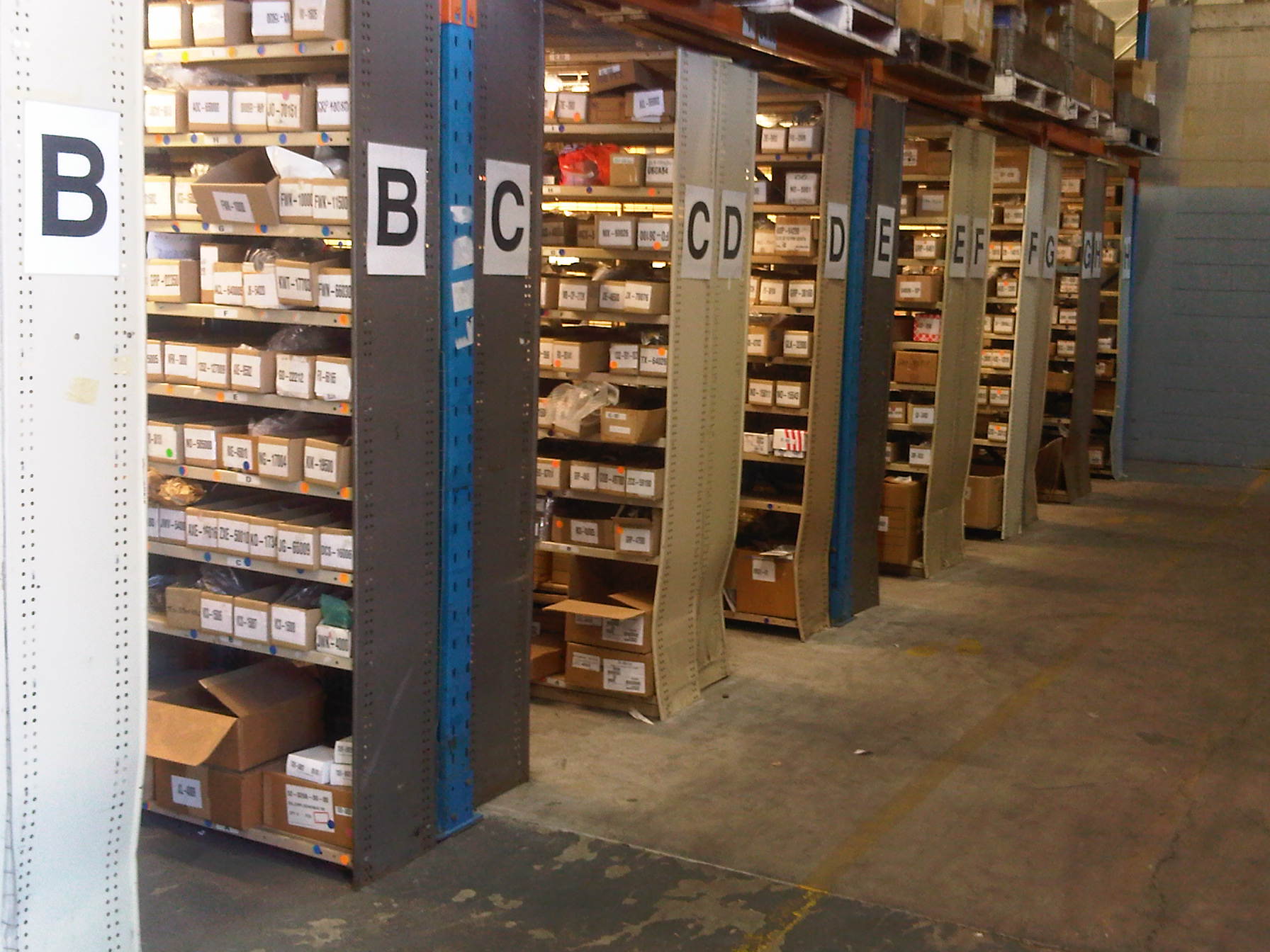 Assessment of Inventory Management
Assessment of Inventory Management
Based on undertaking a number of inventory management assessments, we find that inventory is by far the largest asset on client balance sheets, representing millions of dollars in tied up capital. The opportunity to manage this capital relies on a clear understanding of inventory management systems, processes and knowledge of planning principles.
Our clients rely on A Turn Key Solution to regularly validate their processes, systems, tools and inventory strategies to optimise working capital and customer service levels for their customers. In our experience, inventory planning and inventory reduction strategies are more effective when the organisation views inventory management as a process. rather than specifically focusing on improving sales forecasting or safety stock levels to reduce inventory investment. Our inventory management assessment tool simplifies the task of understanding inventory.
Inventory Assessment Framework
Our assessment of inventory management will cover the entire framework across your organisation with a clear mandate of strengthening the inventory management process by focusing on the individual components, understanding the importance of each component and how to implement effective change. This framework consist of the following components:
INVENTORY POLICY
We build a knowledge of your supply chain to understand how inventory is controlled and monitored against an inventory policy to control expenditure. Each supply chain segment is broken down to understand the working parts of the inventory system, how information is captured, processed and released in a timely manner. It is important to understand on what basis the company buys or creates inventory:
- is it "Make to Order", "Make to Stock" or a hybrid model?
- Is an Open to Buy method the ideal control mechanism for inventory investment and allocation?
- Does your organization use an inventory policy to control inventory investment levels?
- How is inventory policy developed and is it integrated with your ERP to provide real time reporting for better decision making?
- How are inventory targets established, by sku, product group or at a company level based on historical performance settings?
INVENTORY SEGMENTATION
Managing inventory is all about effort and where to allocate this effort to maximise a return on investment for your company. Inventory segmentation is a process that will help identify which product groups or categories are contributing to profit and/or sales.
Inventory can be broken down into units and dollars, then into fast, medium and slow moving categories to further disect performance and contribution to margin. This awareness of contribution provides planners insight into where effort needs to be allocated, supported by the right analytical tools.
Further analysis can be undertaken on the type of stock, whether its purchased, manufactured or assembled. There are usually four types of stock:
- Raw materials which are used as primary or secondary ingredients within an assembly of a semi finished or finished good
- Work in process which is that part of inventorybeing converted to a final state as a component, semi finished or finished good
- Finished goods which are purchased, assembled or manufactured to a final state and finally
- MRO spare parts that are used to support any final state machinery or equipment.
MERCHANDISE PLANNING
A review of all processes and procedures that make up the merchandise planning function to understand each activity, the role of individuals and their decision making process using the ERP inventory system and specialised analitical tools used by your organisation. We want to understand how preseason build is managed, how is inventory allocated and quantified to support product launch initiatives for the business.
SALES FORECASTING
What tools, methods and processes are followed to develop and execute the best sales forecasts for a group of products or even sku’s. Understand the level of knowledge planners apply to control inventory investment to support an open to buy policy. The use of statistical tools to develop forecasts top down or bottom up. The process of sales forecasting from initial development, 1st cut review, modification to sign off.
SYSTEMS
Understand the functionality of the ERP system and inventory planning tool sets to support inventory management and demand planning. The data requirements of an ERP system, the structure of the inventory master file and the use of correct planning parameters is essential.
PROCESSES
Inventory management needs to be seen as a subset of processes that link together to provide the best possible opportunity for managing inventory investment. We take a look at each process and review the links between systems, departments or functions to understand integrity or timing problems.
PLANNING PARAMETERS
A review of all ERP and WMS planning parameters to understand the use, impact and effectiveness of each parameter in managing inventory. Some of these parameters being:
- Fixed replenishment point or fixed replenishment quantity is used when the stock falls below a certain point & triggers an order release.
- Minimum or maximum stock triggers for eplenishment or reorder qty equal to the maximum level or rounded by carton qty.
- A lot for lot demand driven replenishment order for the same qty at the time the previous order arrives to your facility or operation.
- Days of supplyusing average daily sales from historical demand to calculate an order qty for a number of days future supply.
- A multi echelon optimisation approach incorporates greater emphasis on the entire supply chain (variability in demand projections).
- Review the order size (MOQ) and frequency for each vendor can deliver significant contributions to inventory reduction.
- Review the leadtime from vendors to stocking points and do not confuse leadtime with cycle time as these are entirely different.
INVENTORY METRICS
A review of how inventory is being captured, reported and the tools used for decision making. Are there standard inventory metrics used by the business and are these shared across other functions in a collaborative approach to promote ownership? Are the right metrics being used to control inventory investment and monitor performance?
CUSTOMER SERVICE LEVEL
- Review to determine how the organisation establishes a service level by customer, order or sku and frequency of calculations.
- Extensive analysis undertaken to understand how much inventory is required to support a certain service level.
- The impact on warehouse space and resource utilisation as changes to the service level target are made.
NEXT STEPS:
Feel free to contact our office for advice or to discuss any specific project requirements.

